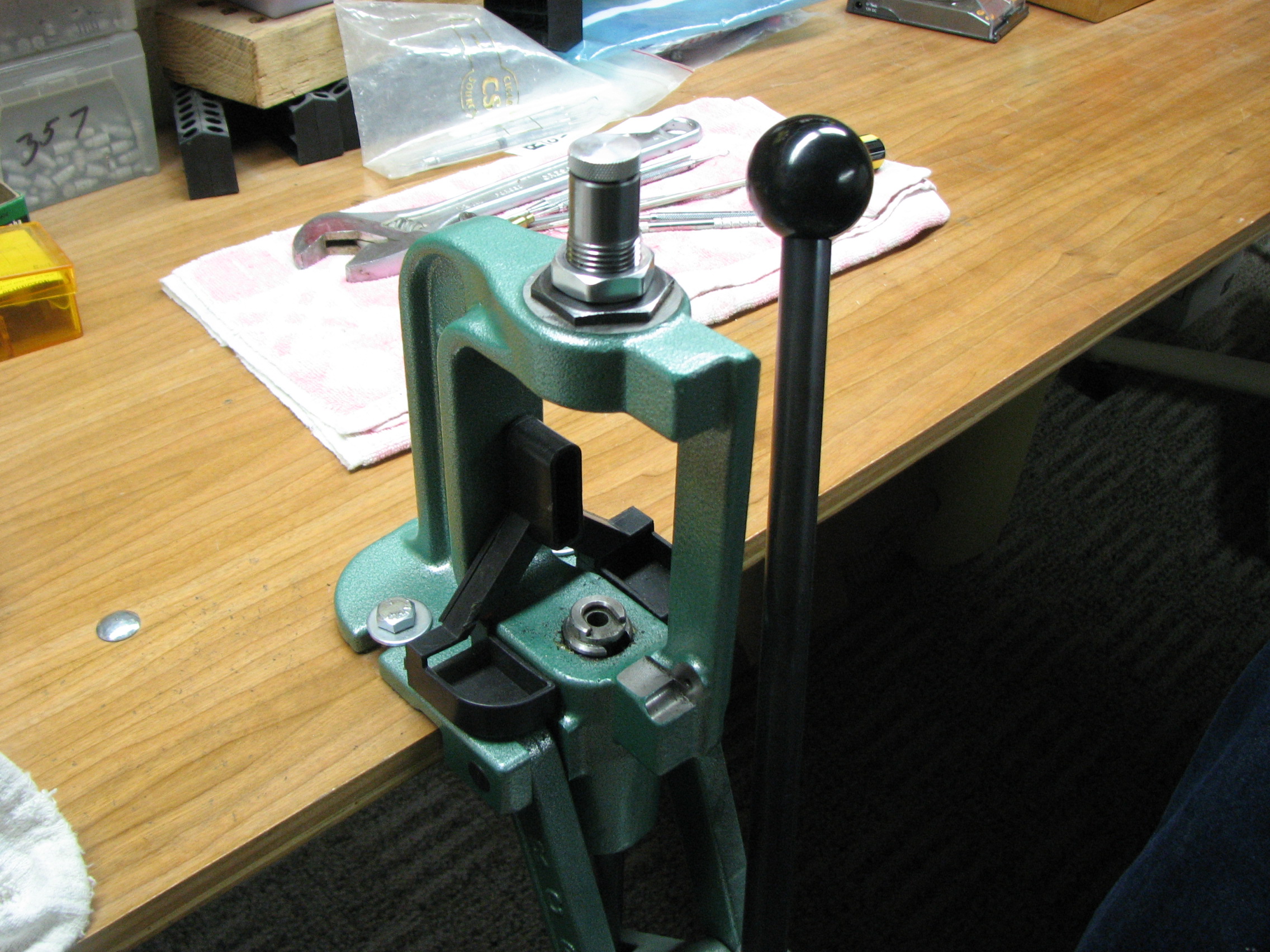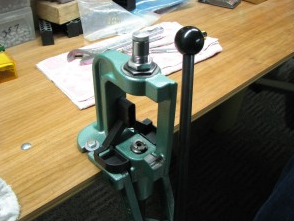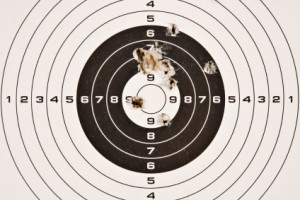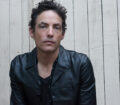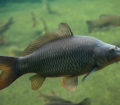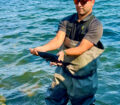Shooting good groups on a target is one of the most frustrating things a shooter can experience. A lot of good marksmen can easily hit a pop can at 100 yards 5 out of 5 times, but put a paper target up at 100 yards and they are lucky to keep 3 out of 5 shots inside the same size group. We’ve all met these people. Heck I’ve been one of these myself, and I still am from time to time.
There are a lot of reasons why marksmen can be good field shots, and then fail miserably at hitting paper targets. Too many to go into within the confines of this one article. Shooting skills and techniques are the biggest obstacles. And many times these may take a lifetime to develop.
Sight picture is the one obstacle that is the easiest to overcome when trying to shoot good groups on paper. Most shooters have a tendency to use way to big of a bullseye on their targets. If you shoot at a 6” black bullseye the best you can hope for is to shoot 6” groups. This is because your sight picture gets clouded inside the massive black circle. Your crosshairs might well be inside the black when you squeeze the trigger, but what part of the bullseye were they in? Top, middle, top left?
The old adage of “aim small, hit small” definitely applies to the target shooter.
In picking the size of bullseye to use you want the smallest one you can see with your particular sighting system. Obviously if you are shooting iron sights at 100 yards you may well need the 6” circle to see it. But if you have a 15 power scope you will shoot a lot tighter groups using a 1” bullseye, or smaller. The shape of the bullseye will also make a difference in getting good sight definition. It’s a lot harder to keep a consistent hold on a oval randomly scribbled on a piece of paper than a precision circle.
They claim that a picture is worth a thousand words. With that being said, I’ve included a few diagrams that will give those who need it a better idea of how to improve their sight picture, which in turn will improve your groups.
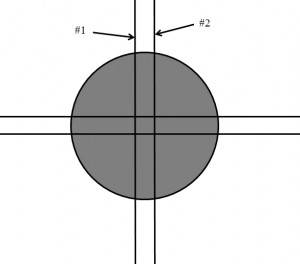
With a large black circle it is very difficult to see if you are actually holding in the center of the target. Neither of the crosshairs #1 or #2 in this image are perfectly centered. But due to the large size of the bullseye this is hard to determine with the human eye.
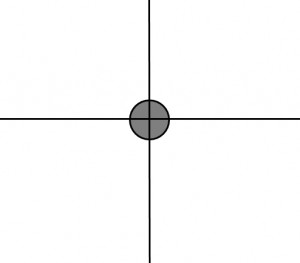
By simply decreasing the size of your bullseye it makes it much easier to determine a perfect center hold. Even if your hold is not perfectly centered, the use of a smaller bullseye will in essence keep your groups smaller.
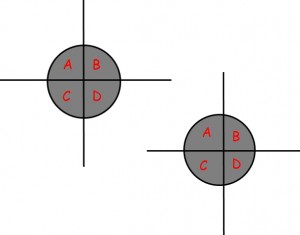
Precision groups can also be accomplished on a larger bullseye by using a “quadrant system”. Use your crosshairs to dissect the bullseye into four sections. In this system the shooter is not concentrating on the center of the crosshairs so much as they are in the 4 sections of the bullseye the crosshairs create. Your eye will still be able to pick up whether sections A, B, C, & D are all the same size. If they are the same size, then geometrically the crosshairs are directly centered.
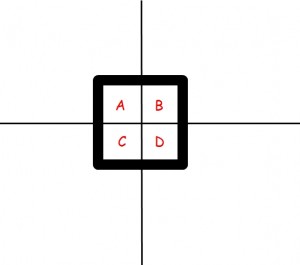
This diagram shows a very common square shaped bench rest bullseye. When using the quadrant system the human eye can determine easier if four squares are of equal size than four pie shaped objects. Again, even if using a square bullseye use the smallest one you can comfortably see with your optics. When placing a square target you want to make sure that the target is square with the world also.

